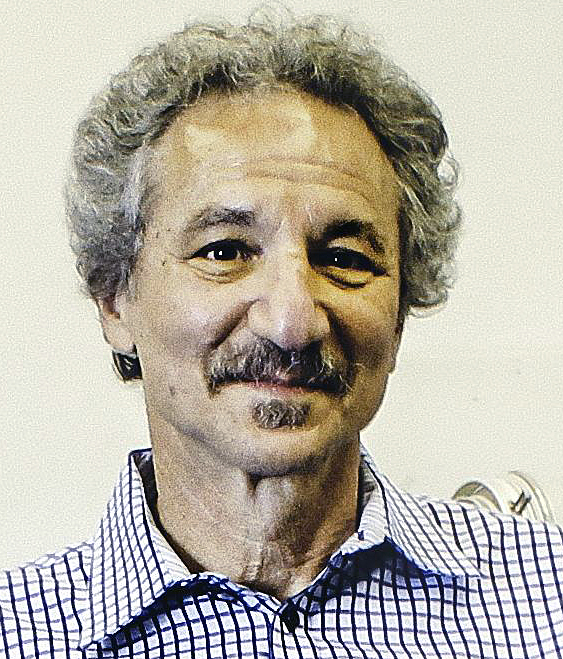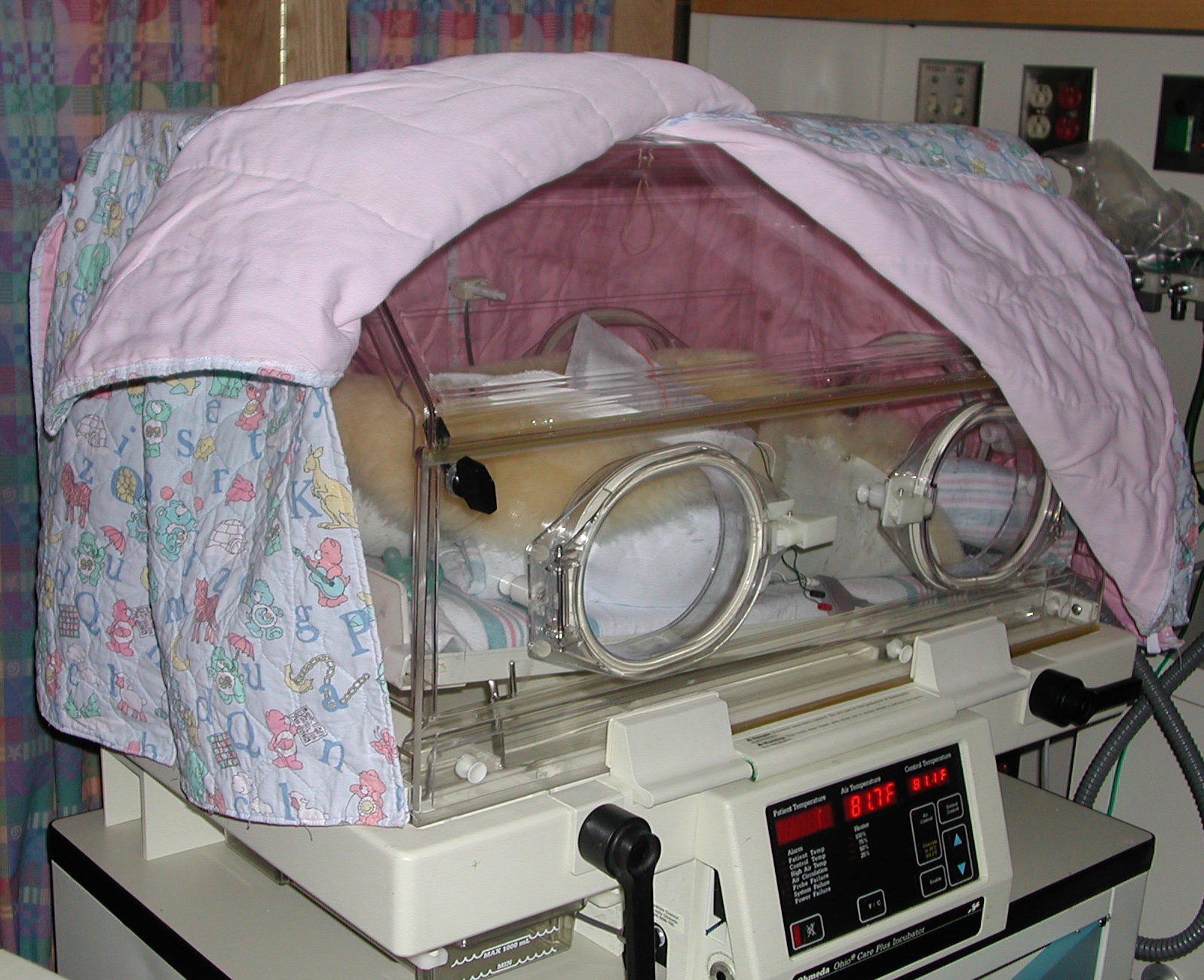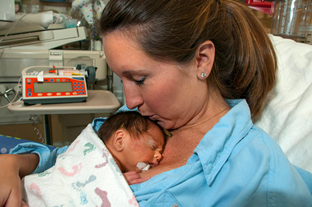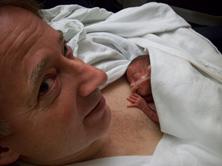
This is my first blog ever, so I chose a big topic that can be discussed generally and then followed-up with additional, interesting information that I’d love to share. Although the initial topic is big, it is just one word – warm.
The meaning of words has always fascinated me. Warm has two different kinds of meaning and both are important in the NICU environment. One meaning of warm is thermal, referring to moderate heat. The second meaning of warm is emotional, implying a positive attitude or support. These dual meanings – thermal and emotional – are not just an oddity of English. The same duality appears in every language that has been analyzed for this: Arabic, Bambara (from Mali), French, German, Hungarian, Finnish, Wolof (from Senegal), and more.

Newborn babies, especially those born prematurely must be kept warm. Looking around a NICU provides many examples of attention to thermal warmth. Incubators, of course, are made to keep babies warm. The soft pajamas are important, too. Swaddling in blankets – also for warmth. The little caps worn by many babies not only look adorable – they block heat loss from the baby’s head, because the head is a large, heat-losing surface in a room that can be challengingly cool.
Thermal warmth in the NICU is extremely important for the babies’ health and growth. To function properly, every cell in a baby’s body must be warm. Brain cell function is especially sensitive to temperature. In the NICU, thermal warmth means temperatures that support normal body temperature, not too little and definitely not too hot. As a behavioral neuroscientist, I’ve studied many aspects of body heat in young, non-human animals – and thermal warmth is also important in their development too.
The emotional component warmth is signaled in English with phrases such as, a “warm smile”, “warm heart”, and “warm wishes”. For emotional contrast, we have phrases like, “cool reception” and “cold shoulder”. There are tests used to numerically rate whether a word has positive or negative meaning and how much. And, yes — warm is positive and this pattern appears in all of the languages that have been studied!
Emotional warmth is more than a phrase. It is a biological force. A baby can be adequately fed, cleaned, exercised but without emotional contact and support, growth is stunted and long-term well-being is compromised. Bonding and attachment are created by emotional warmth.

Looking around the NICU also provides examples of emotional warmth. One of the best is skin-to-skin holding, or “kangaroo care” between mother (or father) and baby. The pace and the timing of routine care, of moving a baby’s arms and legs, can also communicate emotional warmth. Voice can do it too. The placement and pressure of adult hands providing ‘containment’ can also provide emotional support to the infant.

Our words contain important truths. In this case, human language points us to a truth that scientific studies have been illuminating: Thermal and emotional warmth are major, formative parts of early life. When a baby is held, the contact delivers thermal and emotional warmth at the same time, so the two are naturally and powerfully associated. That is probably how the linguistic duality arises. Warm is both thermal and emotional in language because thermal and emotional energies are both part of touching and holding.
My message here is that both kinds of warmth are important in the NICU. There are many sources of thermal warmth in the NICU, however, the most important and powerful source of emotional warmth is parents. Nurses and therapists can provide some too, yet there’s nothing as wonderful or as powerful as maternal and paternal warmth.
Jeffrey R. Alberts, PhD
Professor of Psychological and Brain Sciences
Indiana University
NIDCAP Professional
Cincinnati Children’s Hospital Medical Center
Suggestions for further reading on the topic:
Alberts, J.R. & Decsy, G. J. (1990) Terms of endearment. Developmental Psychobiology, 23(7): 569-584.
Jeddi, E. (1970) Confort du contact et termoregulation comportementale. Physiology and Behavior, 5: 1487-1493.
